In the vast tapestry of the animal kingdom, filled with creatures of all shapes and sizes, some of them exhibit behaviors that are almost uncannily human-like. These fascinating animals demonstrate complex emotions, social structures, and problem-solving skills that will leave you in awe. Get ready to dive into a world where the lines between human and animal behavior blur, and prepare to have your jaw drop at these incredible examples.
1. Dolphins Playing with Bubbles Like Kids
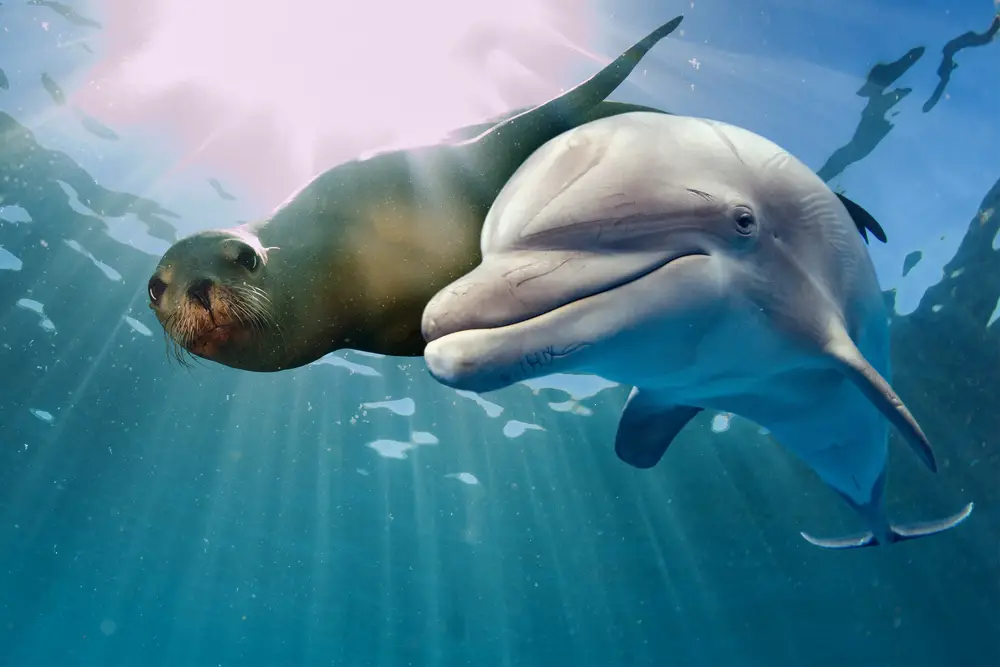
Dolphins are not just the acrobats of the sea; they’re also among the smartest creatures on the planet. When it comes to playing, dolphins have been observed creating bubble rings in the water and playing with them in a way that is strikingly similar to how children might play with soap bubbles. They blow these air rings and chase them, pushing them around with their snouts or swimming through them. It’s almost like an underwater circus act, showcasing not just their playful nature but also their intelligence and curiosity about the world around them.
According to National Geographic, this behavior is not just a random act of play but is believed to be a sign of intelligence and creativity. The way dolphins engage with their environment shows a complex understanding of their surroundings, akin to human creativity and play. Watching them swim through their own creations, you can’t help but wonder if they do it for sheer amusement or if there’s a deeper purpose. Either way, their love for play is something that truly bridges the gap between us and them.
2. Elephants Mourning Their Dead
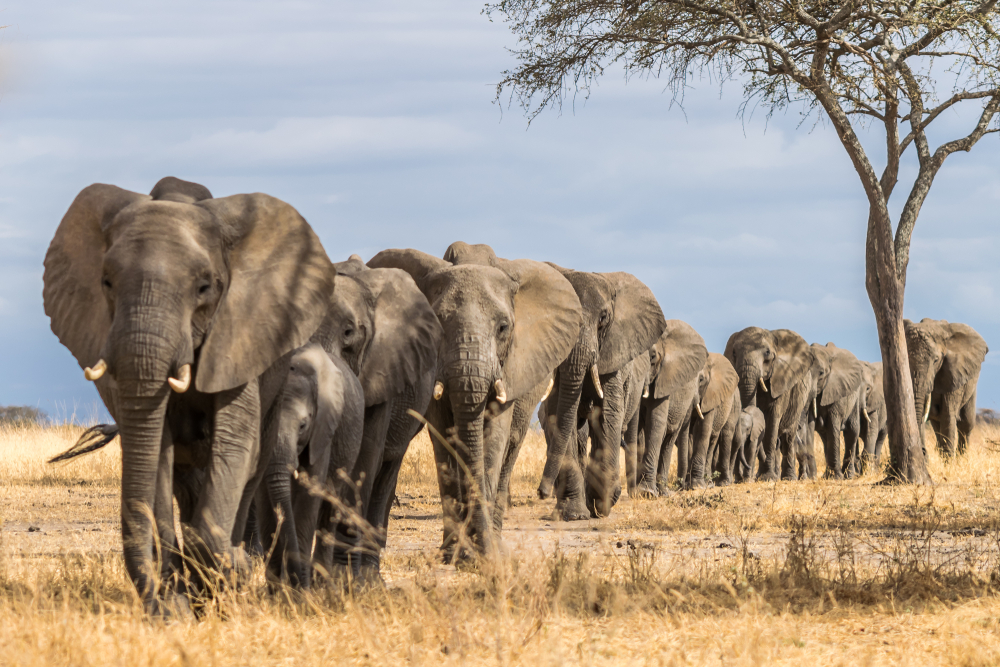
Elephants have long been known for their remarkable memory and emotional depth, but their mourning rituals are particularly poignant. When a member of their herd dies, elephants have been seen engaging in behaviors that can only be described as mourning. They will often touch and caress the bones of the deceased, stand vigil over the body, and show signs of grief. This behavior is eerily similar to human funerary practices, reflecting a deep emotional connection to their lost companions.
Research indicates that these behaviors are not isolated incidents but rather a widespread trait among elephant populations. It’s a testament to their emotional complexity and social bonds, which rival even those of humans. The fact that elephants can express such depth of feeling makes us reconsider what it means to be sentient. Observing them in these moments of vulnerability offers a profound insight into their world and leaves us questioning the true boundaries of empathy and consciousness across species.
3. Chimpanzees Using Tools Just Like Us
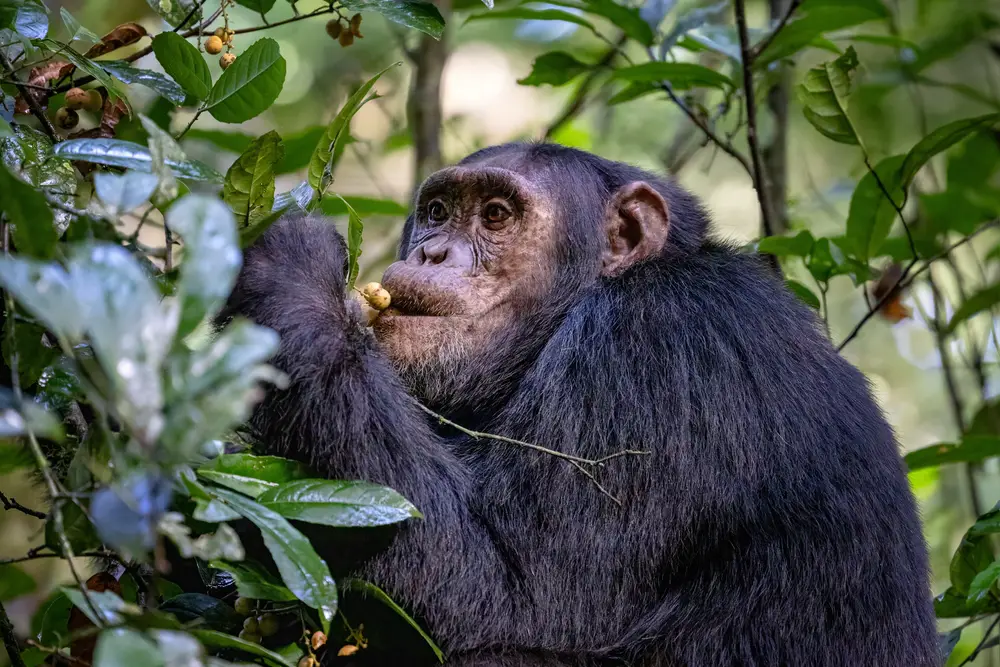
Chimpanzees are our closest living relatives in the animal kingdom, and their use of tools is a captivating example of their intelligence. These primates have been observed using sticks to fish for termites, stones to crack open nuts, and leaves as sponges to soak up water. Such behaviors illustrate an impressive level of problem-solving skills and an understanding of their environment, making them the poster children for animal intelligence.
The fascinating aspect of chimpanzees using tools is not just their ability to do so, but how they learn and teach these skills. According to BBC Earth, chimpanzees pass on their knowledge to the younger generation, indicating a culture of learning. This is reminiscent of human behavior, where teaching and learning are fundamental aspects of society. Their tool-making skills challenge our perception of human uniqueness and demonstrate that the roots of technology and culture run deeper than we might have imagined.
4. Parrots Having Conversations
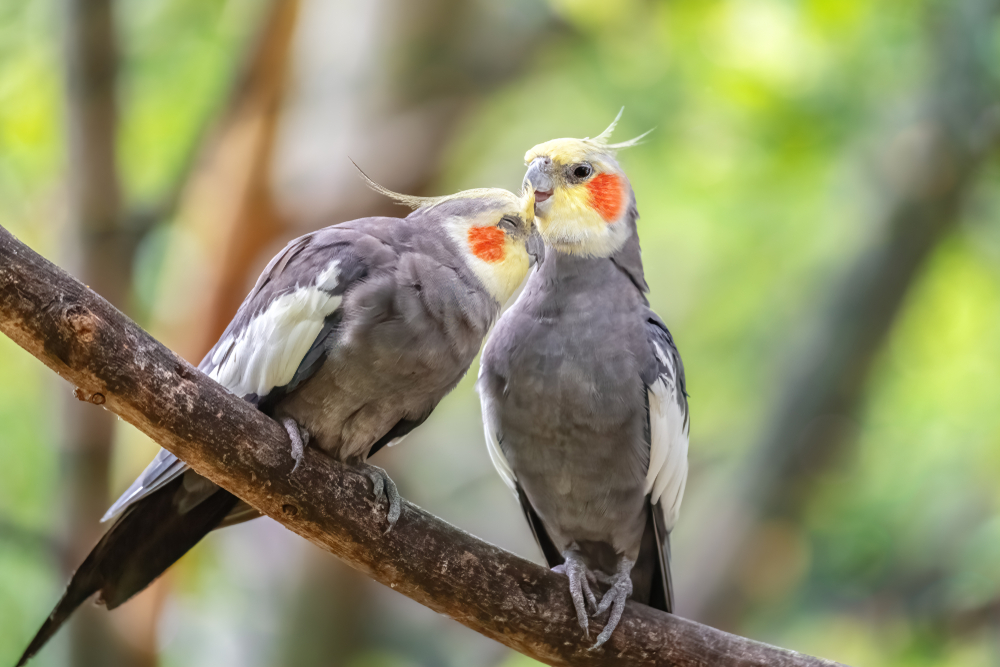
Parrots are not just mimicking sounds when they talk; they often seem to engage in meaningful interactions with their human counterparts. Known for their exceptional vocal abilities, some parrot species can not only imitate human speech but also understand and use words in context. This level of communication has been studied extensively, with researchers noting that parrots can associate words with meanings, similar to how young children acquire language. It’s like having a feathery friend who might just know what you’re talking about!
In addition to speech, parrots are known to pick up on social cues and emotions, showcasing an awareness that goes beyond mere mimicry. They can understand and respond to their owner’s moods, offering comfort or companionship when needed. Such interactions highlight the cognitive capabilities of these birds, making you wonder just how aware and “human” they might really be. Whether they’re asking for a snack or responding to a question, parrots can make engaging and intelligent companions that seem to bridge the gap between human and animal communication.
5. Octopuses Solving Puzzles with Flair
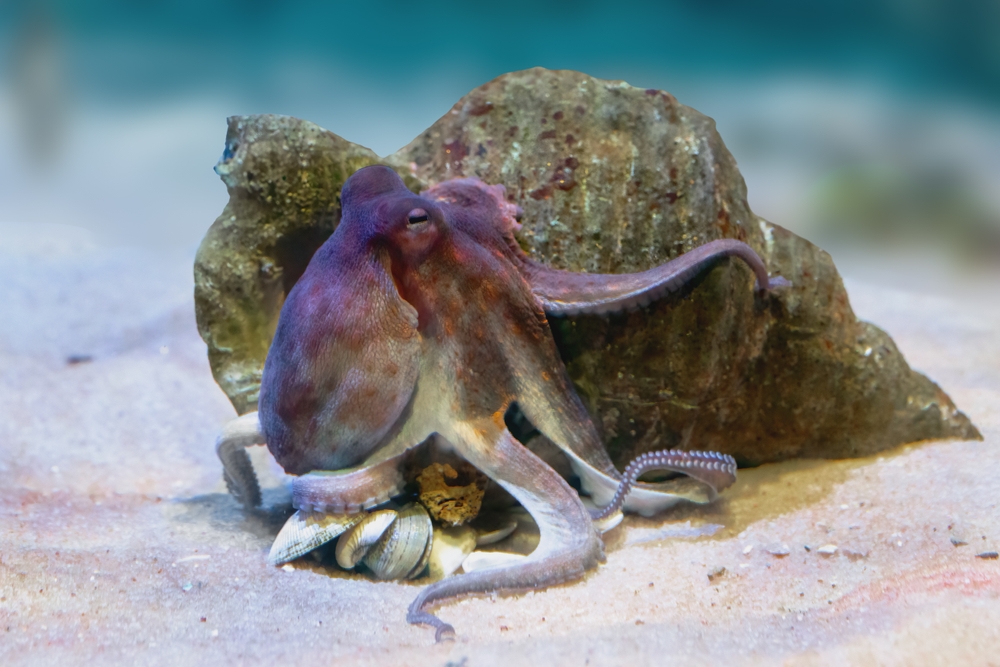
Octopuses are often regarded as the masterminds of the sea, showing off their problem-solving skills and intelligence in various ways. One of the most impressive displays of their cognitive abilities is their knack for solving puzzles. In captivity, octopuses have been known to dismantle filtration systems, escape from tanks, and open jars to retrieve food. Their problem-solving prowess goes hand in hand with their curiosity and adaptability, characteristics that are often associated with intelligent life.
These incredible cephalopods use their eight arms, each equipped with its own mini-brain, to manipulate objects and explore their surroundings. It’s almost like watching a skilled craftsman at work, each movement deliberate and calculated. Their ability to learn through observation and practice echoes human learning patterns, suggesting a level of intelligence that is both intriguing and humbling. The more we study these enigmatic creatures, the more we realize that intelligence is not limited to primates or mammals, but is a trait that can evolve in many different forms.
6. Dogs Reading Human Emotions

Dogs have been dubbed man’s best friend for a reason, and their ability to read and respond to human emotions is a big part of that bond. While many animals can sense emotions, dogs have an uncanny ability to understand and react to their human companions’ moods. They can sense when you’re sad, happy, or stressed, and will often adjust their behavior accordingly. This sensitivity to human emotions is not just a product of domestication but is believed to be a trait that evolved over thousands of years of cohabitation with humans.
Studies have shown that dogs can interpret facial expressions, body language, and even the tone of voice to gauge how their owners are feeling. This emotional intelligence makes them incredibly adept at providing comfort and companionship, often when it’s needed most. Whether it’s putting a paw on your lap during a tough day or wagging their tail excitedly when you’re happy, dogs exhibit a level of empathy that feels incredibly human. Their ability to connect with us on such an emotional level reinforces the strong bond that has developed between our species over millennia.
7. Crows Holding Grudges
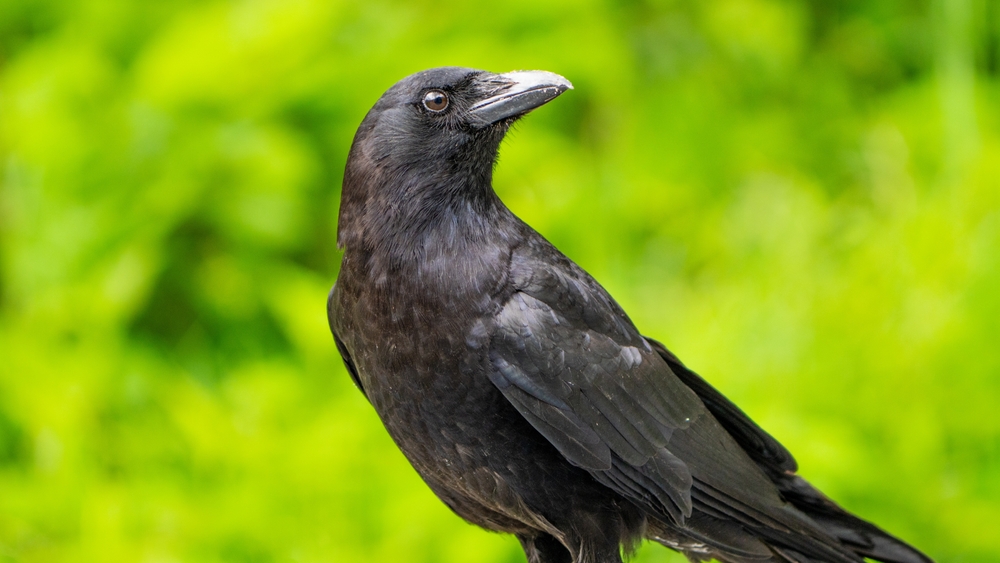
Crows have long been associated with mystery and intelligence, and their ability to remember human faces and hold grudges confirms their reputation. These intelligent birds can recognize people who have wronged them and will even recruit other crows to join them in harassing the offender. It’s a behavior that demonstrates not only memory and social structure but also a level of strategic thinking and communication that is quite sophisticated.
This phenomenon of grudges isn’t just anecdotal; researchers have conducted studies that confirm crows’ ability to remember and react to human interactions. Their social networks allow them to communicate these experiences to other crows, creating a communal memory. This kind of social learning and memory-sharing is reminiscent of human societies, where experiences can be shared and passed down to others. The complexity of crow behavior challenges our understanding of what it means to be intelligent and social, often making us reconsider the boundaries of avian capabilities.
8. Cats Using Toilets

Cats are known for their independence and enigmatic nature, but some have taken things a step further by learning to use the toilet. This extraordinary behavior, often seen in house cats, is a result of careful training and observation. Cats have a natural inclination to cover their waste, making the transition from litter box to toilet a surprisingly smooth process for some. Watching a cat use the toilet can be quite an amusing sight, showcasing not only their adaptability but also their ability to learn new behaviors.
Though not all cats will take to toilet training, the ones that do often display an impressive level of patience and intelligence. Their ability to adapt to new challenges is a testament to the underestimated cleverness of felines. This quirky behavior can make life with a cat even more entertaining, as they navigate their way around a human-centric world with ease. It’s yet another example of how animals can mirror human habits, sometimes in the most unexpected ways.
9. Rats Showing Empathy
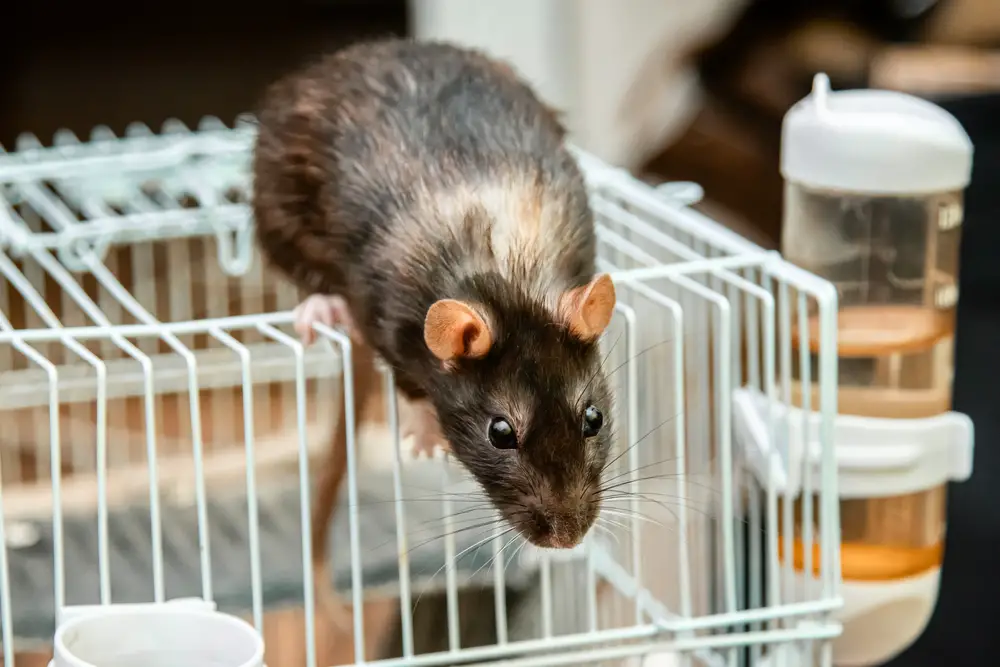
Rats might not be the first animals you think of when it comes to empathy, but these creatures have demonstrated a surprising capacity for compassion. In studies, rats have been observed freeing their trapped companions even when there is no obvious reward for doing so. This kind of behavior suggests a level of empathy and social concern that is truly remarkable. It challenges the notion that empathy is a trait reserved for humans or higher mammals and shows that even the smallest creatures are capable of great kindness.
The implications of these findings are profound, as they suggest that the roots of empathy run deep in the animal kingdom. Understanding this behavior in rats offers insights into the evolution of sociality and compassion across species. It also forces us to reevaluate our perception of rodents, often seen as pests, and recognize them as complex creatures with rich social lives. Their empathetic actions remind us that compassion is not exclusive to humans, but a universal trait that unites us all.
10. Pigs Playing Video Games
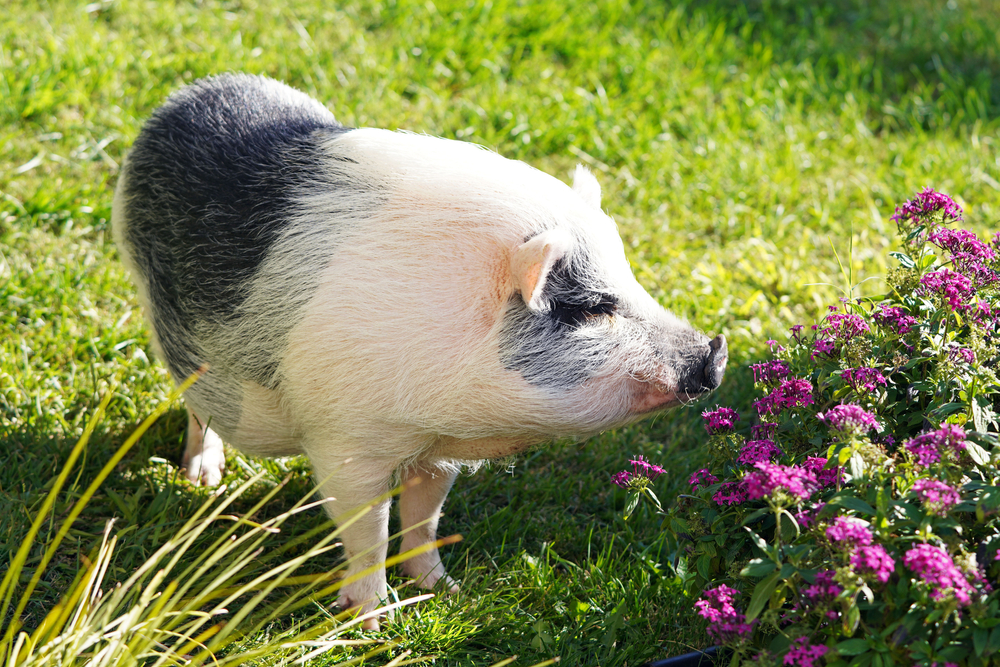
Pigs are much more than just barnyard animals; they are incredibly intelligent creatures capable of learning a variety of complex tasks. One of the most surprising displays of their intelligence is their ability to play simple video games. Researchers have found that pigs can use a joystick to control a cursor on a screen, demonstrating a level of cognitive ability that is impressive. This behavior shows problem-solving skills and an understanding of cause and effect that is quite advanced.
Not only do pigs show aptitude in learning these tasks, but they also exhibit perseverance and determination while doing so. This playfulness and curiosity are traits shared with other intelligent animals like primates and dolphins. Observing pigs engrossed in these activities reminds us that intelligence and play are not exclusive to humans or our closest relatives. It expands our understanding of animal intelligence and emphasizes the rich inner lives of these often-overlooked creatures.
11. Ravens Planning for the Future
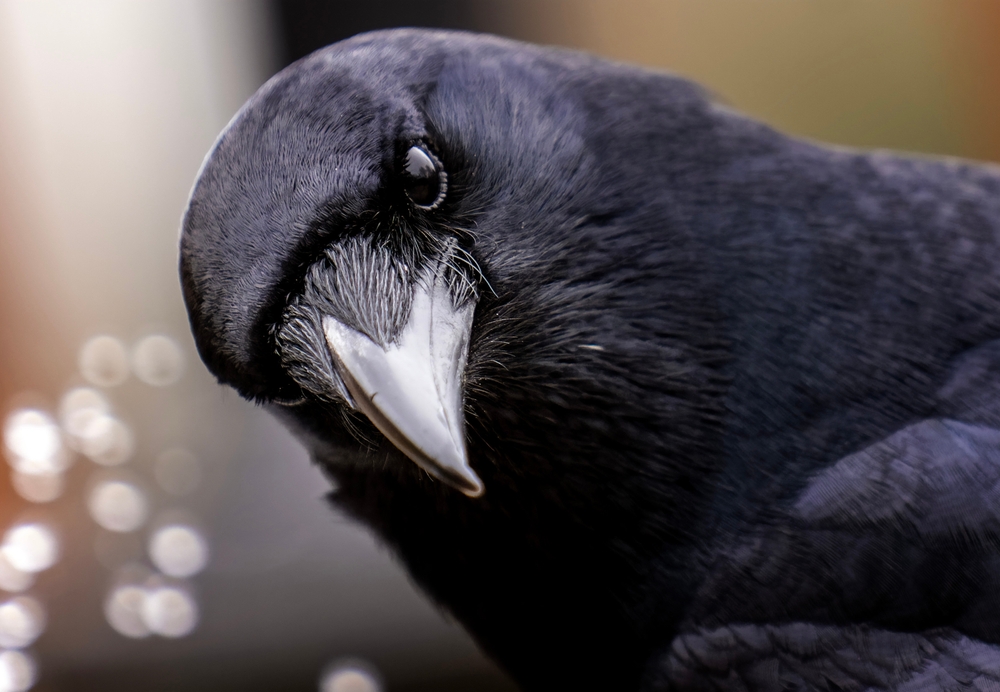
Ravens are renowned for their intelligence, and one of the most fascinating aspects of their behavior is their ability to plan for the future. These birds have been observed caching food in various locations to ensure they have supplies for later, a behavior that indicates foresight and planning. What’s more, they are known to remember where they hid their food and can even relocate their caches if they suspect another raven might steal from them. This level of strategic planning is something we usually associate with humans, yet these birds perform it with ease.
The complexity of their planning ability demonstrates not only intelligence but also an understanding of future needs and potential challenges. It’s a skill that requires memory, adaptability, and a keen sense of awareness—traits that are highly valued in the animal kingdom. Ravens’ ability to think ahead and prepare for the future challenges our understanding of animal cognition, revealing a sophisticated mental capacity that rivals that of many mammals. Their clever strategies remind us of the intricate and often surprising nature of animal behavior.
12. Bonobos Showing Affection
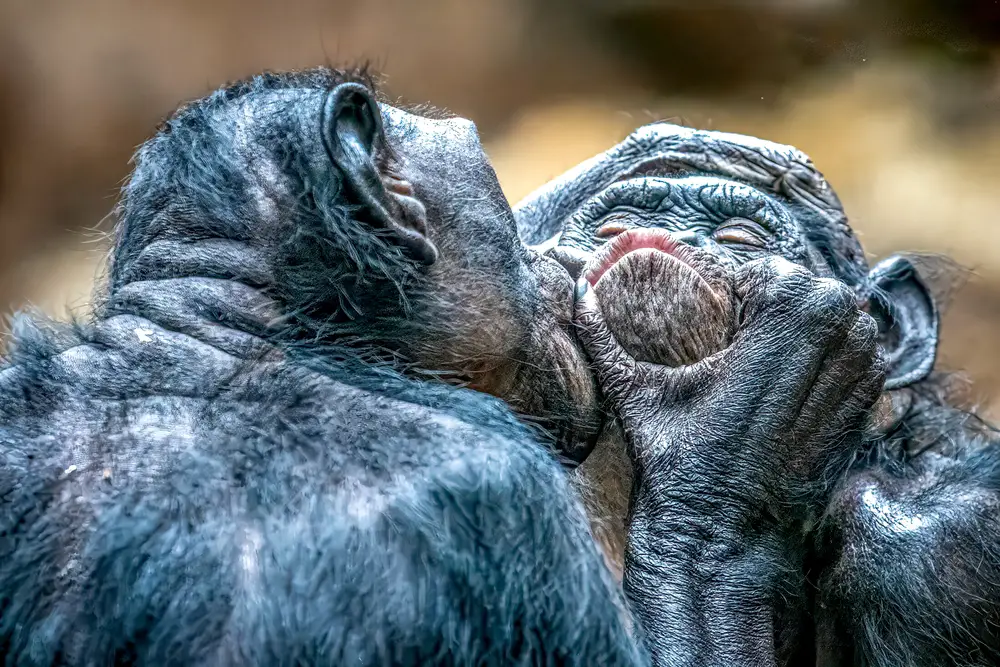
Bonobos are known for their peaceful and affectionate nature, often using physical closeness and grooming to maintain social bonds. These gentle primates exhibit behaviors that are strikingly similar to human expressions of affection and empathy. Their society is matriarchal, and conflicts are often resolved through affectionate gestures rather than aggression. This tendency to use love and social bonds as a means of conflict resolution is a unique trait that sets them apart in the primate world.
Their displays of affection are not limited to their immediate social group; bonobos are known to show empathy to strangers as well. This openness and willingness to form new social connections highlight a level of emotional intelligence and social sophistication that is highly advanced. Observing bonobos interact with one another offers a glimpse into a world where cooperation and love are paramount, challenging us to reconsider our own social structures. Their behavior exemplifies how closely related we are to our primate cousins, and how much we can learn from their harmonious ways.
13. Orangutans Crafting Tools
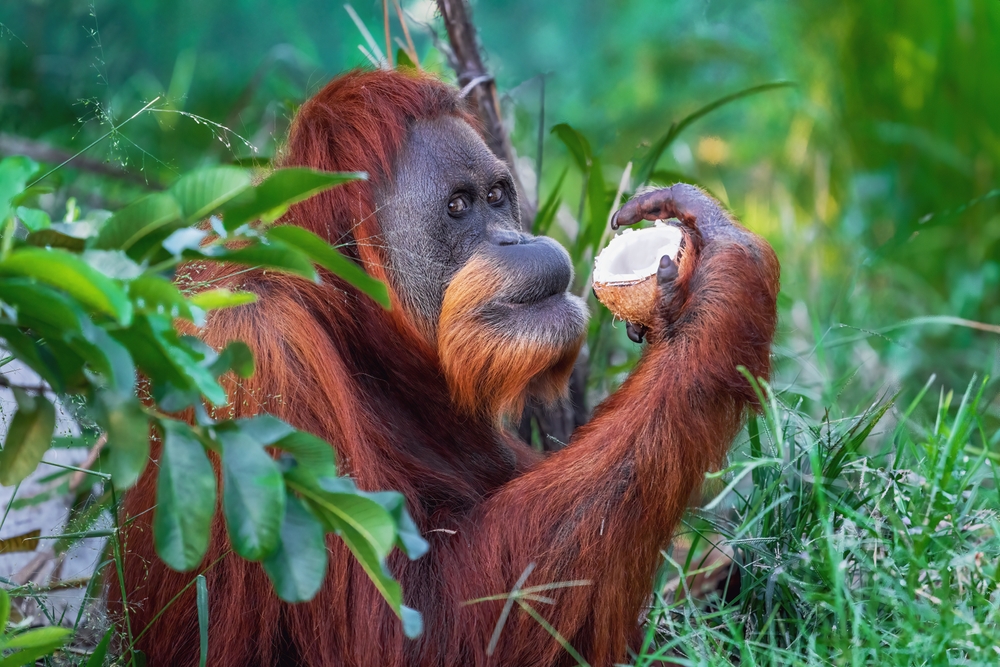
Orangutans are adept at using and even crafting tools to make their lives easier, demonstrating a level of ingenuity that is truly impressive. In the wild, they have been observed using sticks to extract insects from tree bark or to test water depth. This tool-making behavior showcases an understanding of their environment and the ability to creatively solve problems, similar to the way early humans might have done. It’s fascinating to see these majestic apes exhibit such human-like behaviors in their natural habitats.
Their ability to manipulate objects and use them to their advantage reflects cognitive skills that are highly advanced. Orangutans’ tool use is not just about survival; it’s about innovation and adaptation in a constantly changing world. These behaviors highlight the intelligence and creativity inherent in the animal kingdom, reminding us that our primate relatives are capable of incredible feats of ingenuity. Observing orangutans in action offers a window into the evolutionary roots of human technology and problem-solving.
